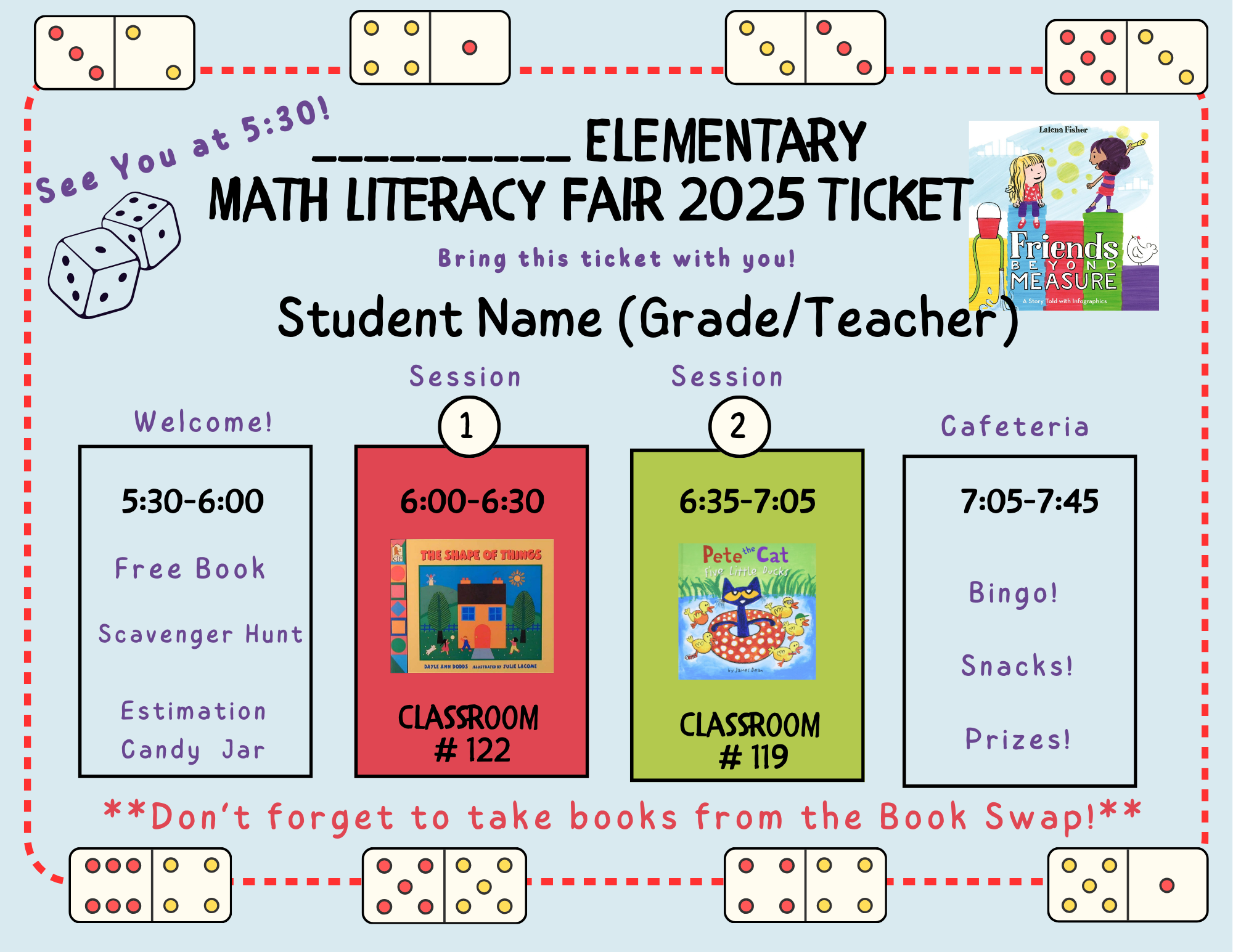7 Steps to Planning a Literacy Fair
Welcoming Families Into School
This month’s caregiver tip highlights the importance of building strong literacy partnerships between students, caregivers, and educators. Hosting a memorable Family Literacy Night is a fantastic way to encourage lifelong reading and writing habits. In this guide, you'll find ready-to-use steps to help you welcome families into your school and host a successful Literacy Fair.
What is a Literacy Fair?
A Literacy Fair is a fun, engaging evening that celebrates the joy of reading and writing. Students participate in literature-based activities led by their teachers and staff volunteers. Thank you to the educators and community at Catskill Elementary who launched this inspiring event—it’s now spreading to schools everywhere!
7 Steps to Planning a Literacy Fair
Follow these steps to plan an event that runs smoothly and brings joy to students, families, and staff:
1. Partner Up
Work with your principal and your parent group (e.g., PTA) to choose a date and time that works for everyone. Ask if there are available funds for books and prizes. The more helping hands, the better!
A Literacy Fair usually includes various stations, such as:
Welcome Station
Book Giveaway Center
Bookmark Making Station
Interactive Read-Aloud Rooms
Ask volunteers to help run these stations and consider reaching out to local businesses or restaurants for food donations—this often boosts attendance! Invite your local library to host a table where families can sign up for library cards. A planning committee is helpful for organizing logistics.
2. Pick a Theme
A fun theme can set the stage and transform your school into a literacy wonderland! You may let students vote or select a theme in advance.
Some exciting ideas include:
Candyland – Reading is Sweet
Space – Reading is Out of This World
Ocean – Dive Into Reading
Winter – Winter Wonderland
Gratitude – Grateful for Books
Dinosaurs – Books are Dino-mite
Emergency Vehicles – Reading to the Rescue
Math – Friends Beyond Measure
3. Sign Up Volunteers
Send out volunteer sign-up forms for staff and students. Encourage all staff—teachers, assistants, secretaries, custodians, and principals—to take part by reading a book aloud and leading an activity related to the theme.
Some staff may help in other ways, such as greeting families or decorating the school. Aim for 6–8 interactive read-aloud sessions. Upper elementary student ambassadors can also assist during the event.
Prepare a back-up plan in case a volunteer can't attend last-minute.
4. Student Sign-Ups
Let students vote for their top four read-aloud sessions, or group sessions by age if time is limited. Offer student sign-ups a few weeks in advance so families have time to participate in optional literacy activities (e.g., reading logs or writing assignments) at home. You may also choose to send out a digital flyer.
5. Book Giveaways
If donations are available, give each child a book as they enter—it’s a meaningful gesture. Some schools provide a theme-based book to all attendees, while others allow students to choose from a selection of high-interest titles. Consider purchasing from Scholastic Book Clubs or BookSource.
6. Organize with Tickets
Create personalized Literacy Fair Tickets for each student who signs up. This helps organize group sizes (aim for no more than 10 students per session) and provides a calm, well-structured experience for families.
Alphabetize tickets by grade level for easy check-in at the welcome station.
Print walk-in tickets for families who didn’t register in advance.
Create a list with student names and their sessions so that there are even numbers per session.
7. Plan a Memorable Finale
End the night with a community gathering— perhaps in the gym or cafeteria. This can include:
Snacks or take-home treats
Performances by storytellers
Prize giveaways or raffles
Family Literacy Bingo
Hosting a Literacy Fair is a powerful way to connect families, celebrate learning, and foster a love of reading that lasts a lifetime. With planning and passion, your event will inspire everyone involved.





